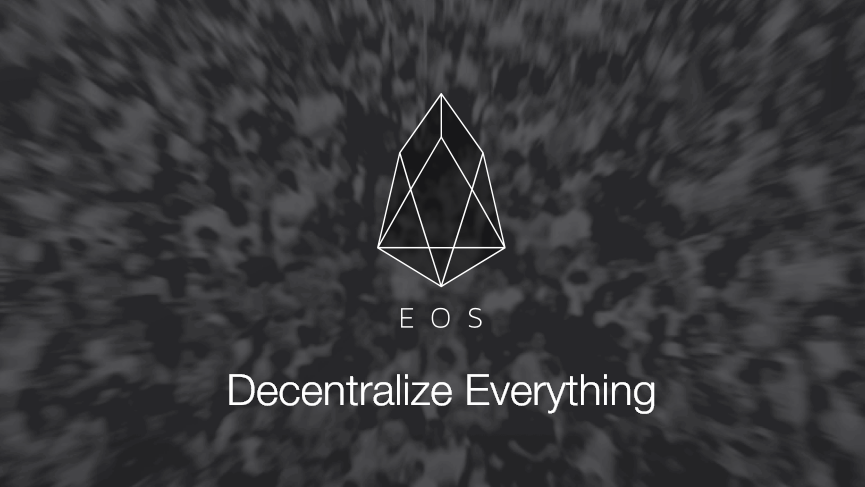
The slow transaction throughput and higher fees are painpoints of both Bitcoin and Ethereum and it harms mainstream adoption plans for both networks. That is why both top cryptocurrencies are diligently working on solutions: Sharding, Plasma on Ethereum and Lightning Network on Bitcoin.
On the other side of the story is the new blockchain that is in process of launching, EOS. The platform alleges it will support thousands of transactions per second, competing with the likes of VISA and Mastercard easily.
EOS.IO’s internal testing has shown that their blockchain can support thousands of transactions per second which is is couple of orders of magnitude better than Bitcoin and Ethereum, which can only support 9 and 30 transactions per second, respectively.
However, internal testing should not be given too much weight as it doesn’t mean much for distributed systems performance. In case of EOS it is easy to do internal testing – all you need to do is setup 21 nodes (BPs) and spam them with transactions. You will get more or less accurate results.
Also, the comparison between EOS and Bitcoin and Ethereum makes little sense as the latter ones are permissionless blockchains which are harder to scale. While EOS is permissioned blockchain, that is easy to scale – just gather around 21 block producers and connect them, they can do fast transactions as this is almost the same as a centralized system.
Permissionless competitors to Ethereum would be Zilliqa, Thunder, etc.







